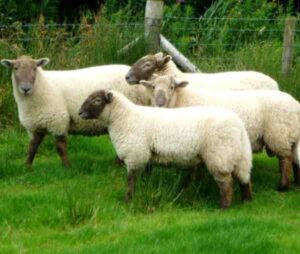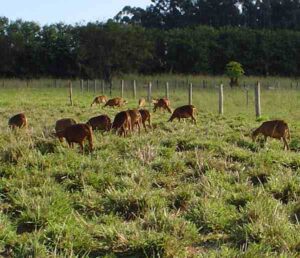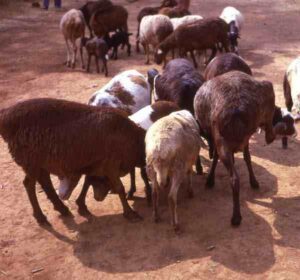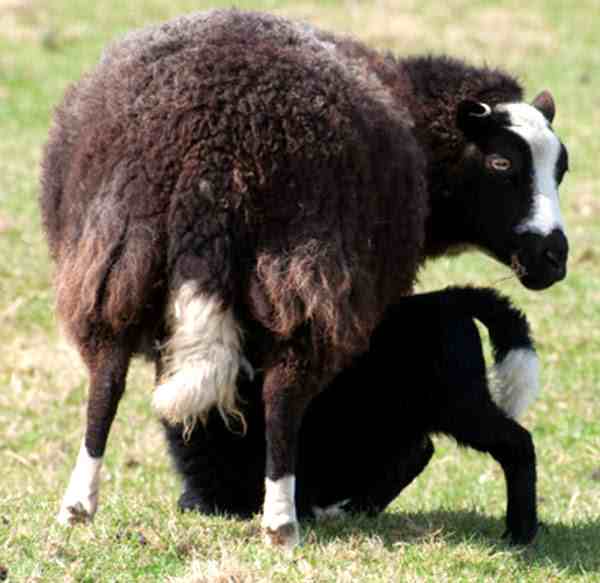The Wiltipoll sheep is a breed of domestic sheep from Australia. It is a polled breed of domestic sheep which was developed in Australia from Wiltshire Horn Sheep with the infusion of Border Leicester, Poll Dorset, Poll Merino and Perendale.
Today the breed is raised mainly for meat production and very suitable for heavy lamb production. The breed association was formed in 1996 and has expanded rapidly. However, read some more information about this breed below.
Wiltipoll Sheep Characteristics
The Wiltipoll sheep is a large breed of domesticated sheep. It is a plain bodied animal and shed it’s wool annually. Both rams and ewes are naturally polled.
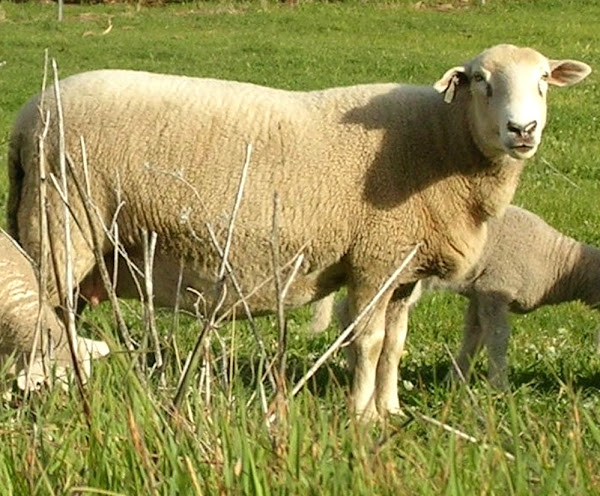
Average live body weight of the mature Wiltipoll sheep is around or up to 125 kg under reasonable conditions. Photo and info from Wikipedia.
Uses
The Wiltipoll sheep is a meat sheep breed. It is very suitable for heavy lamb production purpose.
Special Notes
The Wiltipoll sheep are very hardy animals and they are very easy to care. They don’t require crutching or shearing and usually don’t suffer from fly strike which makes them a useful breed for small holdings without shearing sheds.
They must have at least 96.87 percent Wiltshire Horn genetics. The ewes are excellent mothers and are seasonal breeders, and they have high fertility with a high percentage of multiple births.
These animals shed their wool annually in spring to summer and produce lean, heavy lambs. Their wool is simply shed and usually falls to the ground.
They are excellent foragers and very hardy. They can survive on rough and scrubby feeds. However, review full breed profile of this breed in the following chart.
| Breed Name | Wiltipoll |
| Other Name | None |
| Breed Purpose | Meat |
| Special Notes | Very hardy and strong, ewes are excellent mothers and have high fertility, ewes are seasonal breeders, grow well, both rams and ewes are polled, good foragers and can survive on rough and scrubby feeds, easy to care |
| Breed Size | Large |
| Weight | Around or up to 125 kg |
| Horns | No |
| Climate Tolerance | Native climates |
| Color | White |
| Rarity | Common |
| Country/Place of Origin | Australia |
